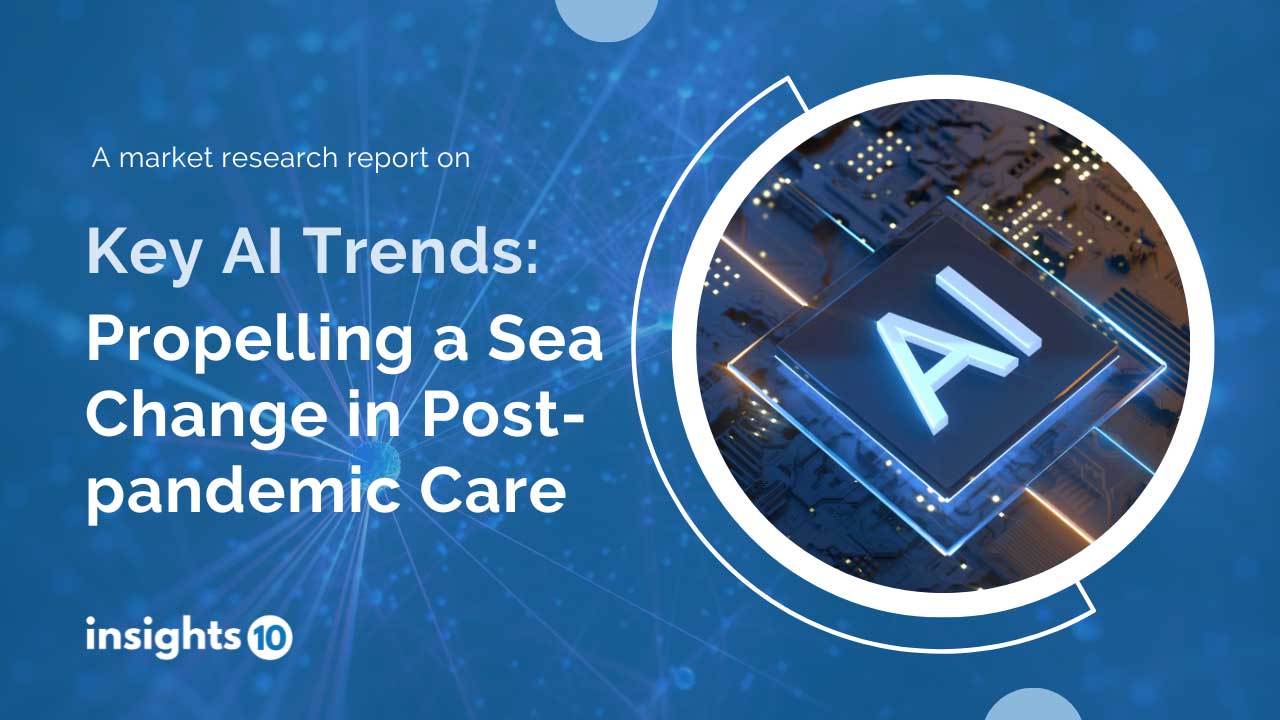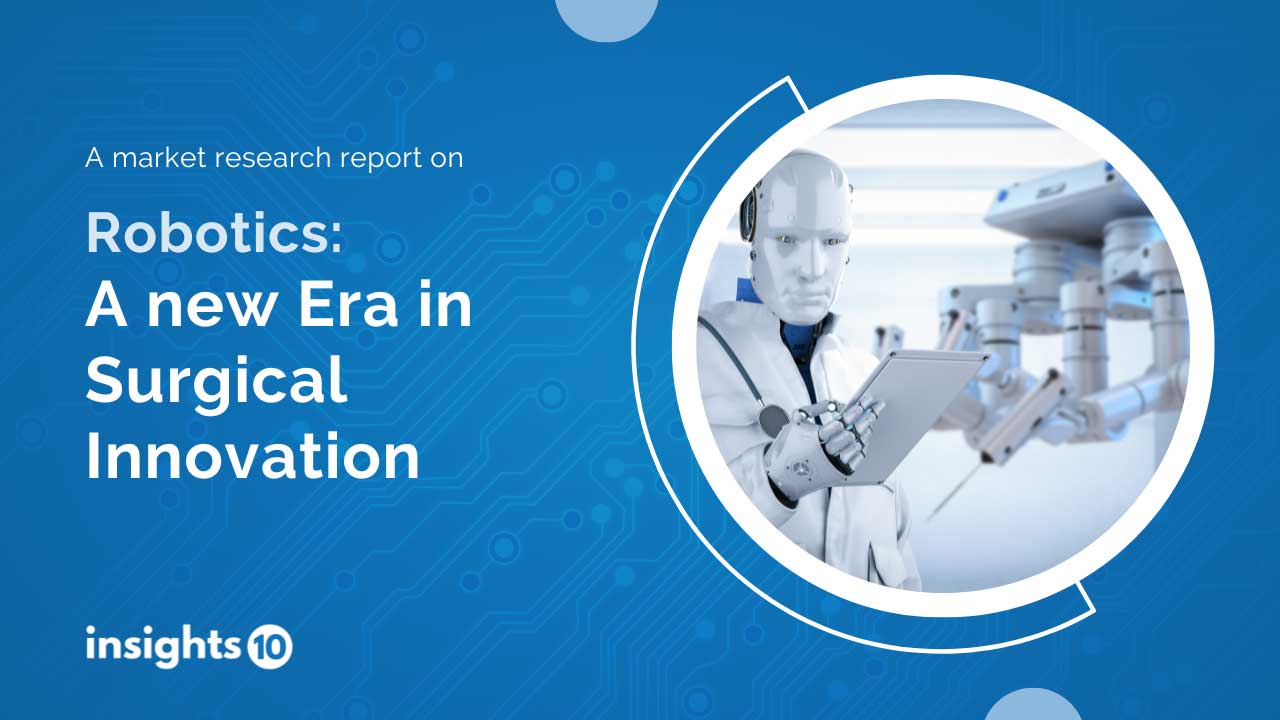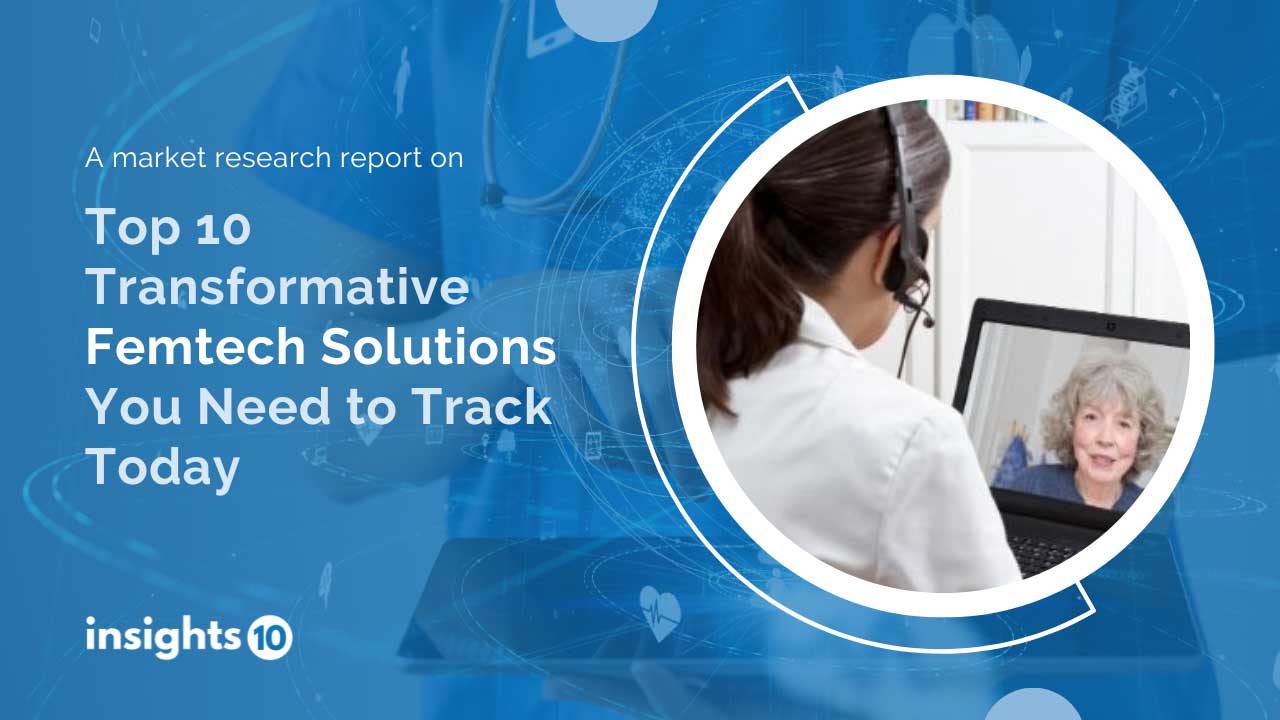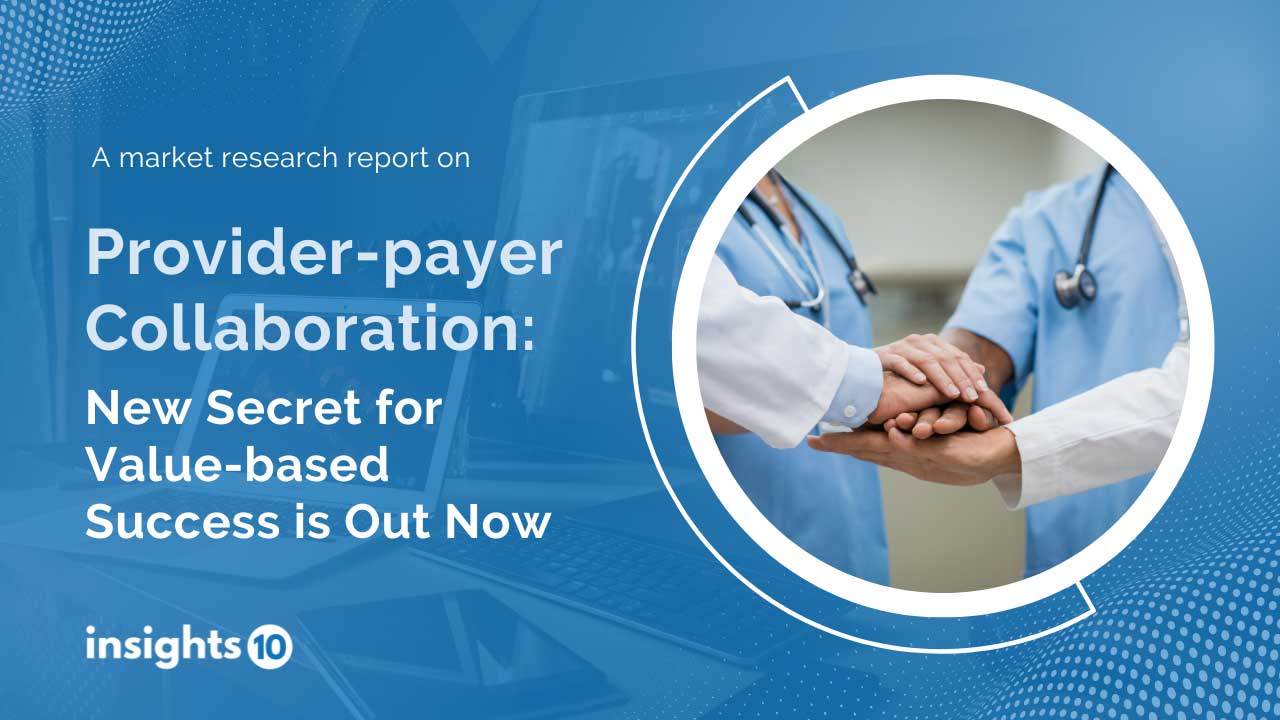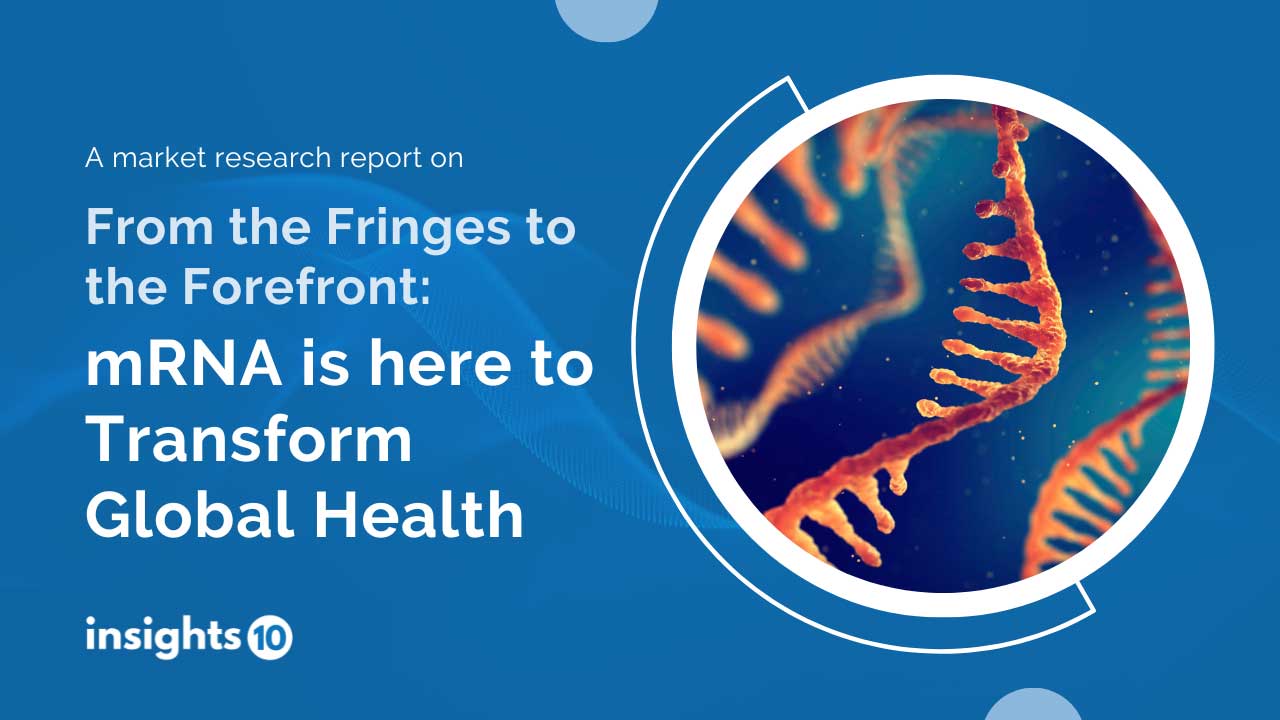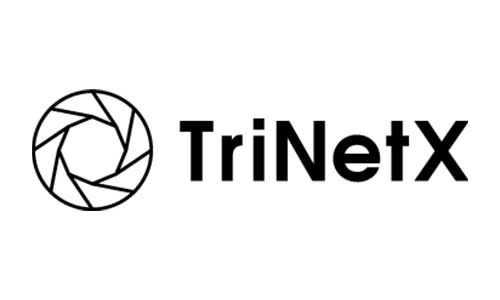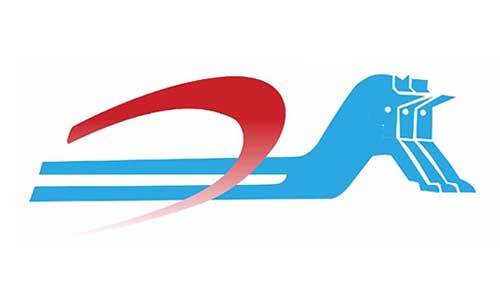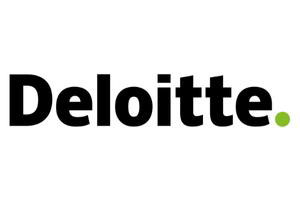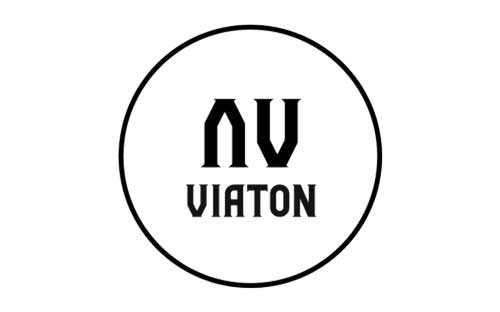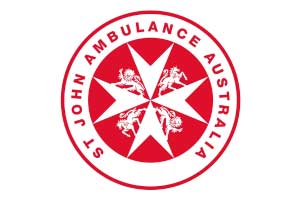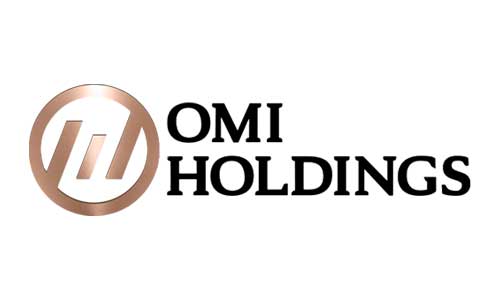Key AI Trends Propelling a Sea Change in Post-pandemic Care
Care delivery models are taking a paradigm shift with the advent of novel technology solutions across the healthcare and life sciences industry. AI and ML applications are partly to take credit in this transformation which has facilitated delivery of high-quality care services more conveniently.
Buy Now Download Sample Report

AI-enabled devices and software has proven its potential across Precision Medicine, Medical Imaging, Drug Discovery and Development, and Genomics which are booming areas currently. Taking an instance, AI's exceptional pattern recognition took personalized care one step ahead where patients with terminal diseases are to be treated based on their genetic composition and lifestyle.
Recent Developments in Healthcare AI
Ever-evolving AI applications are enabling health data optimization that supports clinical trials, accelerates drug discovery, and advances digital therapeutics
Advanced Medical Diagnosis
-
AI algorithms are being applied to EHRs which help stratify the patients and predict the prognosis
-
AI is facilitating robust interrogation of multiple datasets and detects undiscovered patterns and correlations thus reducing detection errors that significantly support the diagnostic process
Enhanced Decision Making
-
AI is enabling physicians to utilize quicker access to more accurate insights digitally, helping patients to remotely access labs, tests, and medical imaging
-
Powered by AI-Language Intelligence, the Intelligent Literature Monitoring (ILM) platform is decreasing literature monitoring time by 82-90% by centralizing large volumes of content and identifying the most impactful takeaways
Accelerated Drug Development
-
AIthrough Generative Adversarial Networks (GANs) is enabling the first humans to enter clinical trials of agents discovered
-
GANs are identifying the right drug targets earlier thus accelerating drug development by cutting the time required to bring the drug from lab to patient in half
Key Trends in Healthcare AI Driving the Industry Forward
The pandemic has spurred the adoption of cutting-edge technologies, with AI being tested to fully leverage its potential
-
Uncovering Novel Treatment: AI is assisting in discovering new appropriate drugs and treatments for a patient with rare diseases
-
Disease Diagnosis: AI is supporting diagnosis of complex diseases just by scanning through thousands of images in seconds
-
Connected Medical Devices: AI-enabled connected medical devices are providing real-time patient info and alert doctors in case of deterioration
-
Robotic Assisted Surgery: AI-enabled Robots are enabling precision surgeries to lower the patient risk and speed up recovery
-
Optimized Workflow Assistance: AI is helping caregivers navigate medical records with voice commands and can transcribe clinical data during patient visits
A Glance at Notable Strategic Movements Optimizing AI across Care Spectrum
-
Carenet Health acquired OpenMed to enhance its consumer engagement segment to add a state-of-the-art communications and scheduling platform to enhance its global software development engine
-
Headspace acquired Sayana expanding its ability to provide personalized self-care to its users by offering help and services based on users’ check-ins
-
Microsoft acquired Nuance for US $19.7 Bn expanding its ambient clinical intelligence and expanding Microsoft cloud services to the healthcare business by merging the Microsoft Cloud in Healthcare with Nuance’s medical dictation & transcription technologies
-
Astute Imaging acquired Dileny Technologies, accelerating the introduction of AI into its cloud-based platform for image-guided therapy and workflow automation offering predictive models for cardiovascular case planning while expanding into other areas, including women's health and cancer treatments
1. Executive Summary
1.1 Digital Health Overview
1.2 Global Scenario
1.3 Country Overview
1.4 Healthcare Scenario in Country
1.5 Digital Health Policy in Country
1.6 Recent Developments in the Country
2. Market Size and Forecasting
2.1 Market Size (With Excel and Methodology)
2.2 Market Segmentation (Check all Segments in Segmentation Section)
3. Market Dynamics
3.1 Market Drivers
3.2 Market Restraints
4. Competitive Landscape
4.1 Major Market Share
4.2 Key Company Profile (Check all Companies in the Summary Section)
4.2.1 Company
4.2.1.1 Overview
4.2.1.2 Product Applications and Services
4.2.1.3 Recent Developments
4.2.1.4 Partnerships Ecosystem
4.2.1.5 Financials (Based on Availability)
5. Reimbursement Scenario
5.1 Reimbursement Regulation
5.2 Reimbursement Process for Diagnosis
5.3 Reimbursement Process for Treatment
6. Methodology and Scope
Methodology for Database Creation
Our database offers a comprehensive list of healthcare centers, meticulously curated to provide detailed information on a wide range of specialties and services. It includes top-tier hospitals, clinics, and diagnostic facilities across 30 countries and 24 specialties, ensuring users can find the healthcare services they need.
Additionally, we provide a comprehensive list of Key Opinion Leaders (KOLs) based on your requirements. Our curated list captures various crucial aspects of the KOLs, offering more than just general information. Whether you're looking to boost brand awareness, drive engagement, or launch a new product, our extensive list of KOLs ensures you have the right experts by your side. Covering 30 countries and 36 specialties, our database guarantees access to the best KOLs in the healthcare industry, supporting strategic decisions and enhancing your initiatives.
How Do We Get It?
Our database is created and maintained through a combination of secondary and primary research methodologies.
1. Secondary Research
With many years of experience in the healthcare field, we have our own rich proprietary data from various past projects. This historical data serves as the foundation for our database. Our continuous process of gathering data involves:
- Analyzing historical proprietary data collected from multiple projects.
- Regularly updating our existing data sets with new findings and trends.
- Ensuring data consistency and accuracy through rigorous validation processes.
With extensive experience in the field, we have developed a proprietary GenAI-based technology that is uniquely tailored to our organization. This advanced technology enables us to scan a wide array of relevant information sources across the internet. Our data-gathering process includes:
- Searching through academic conferences, published research, citations, and social media platforms
- Collecting and compiling diverse data to build a comprehensive and detailed database
- Continuously updating our database with new information to ensure its relevance and accuracy
2. Primary Research
To complement and validate our secondary data, we engage in primary research through local tie-ups and partnerships. This process involves:
- Collaborating with local healthcare providers, hospitals, and clinics to gather real-time data.
- Conducting surveys, interviews, and field studies to collect fresh data directly from the source.
- Continuously refreshing our database to ensure that the information remains current and reliable.
- Validating secondary data through cross-referencing with primary data to ensure accuracy and relevance.
Combining Secondary and Primary Research
By integrating both secondary and primary research methodologies, we ensure that our database is comprehensive, accurate, and up-to-date. The combined process involves:
- Merging historical data from secondary research with real-time data from primary research.
- Conducting thorough data validation and cleansing to remove inconsistencies and errors.
- Organizing data into a structured format that is easily accessible and usable for various applications.
- Continuously monitoring and updating the database to reflect the latest developments and trends in the healthcare field.
Through this meticulous process, we create a final database tailored to each region and domain within the healthcare industry. This approach ensures that our clients receive reliable and relevant data, empowering them to make informed decisions and drive innovation in their respective fields.
To request a free sample copy of this report, please complete the form below.
We value your inquiry and offer free customization with every report to fulfil your exact research needs.
